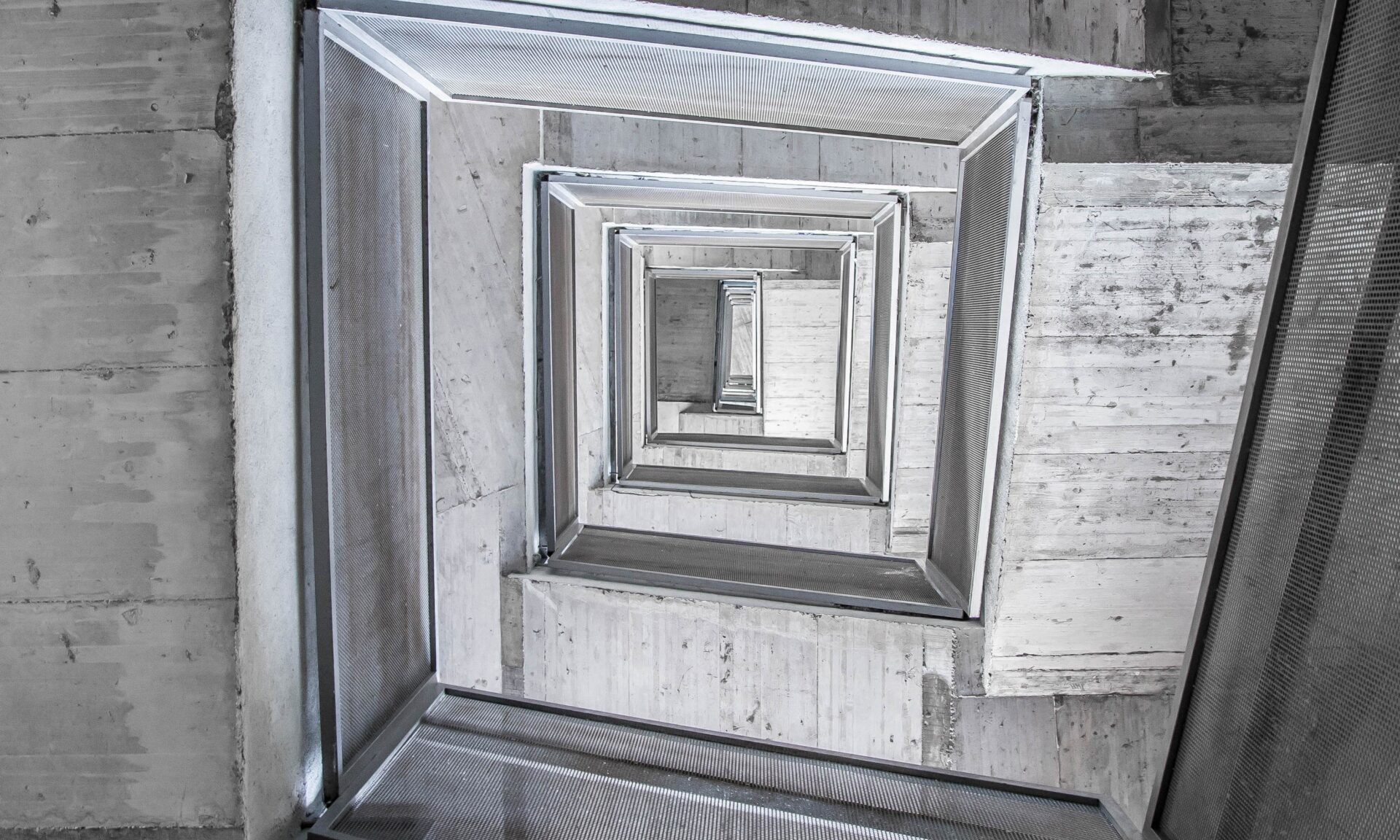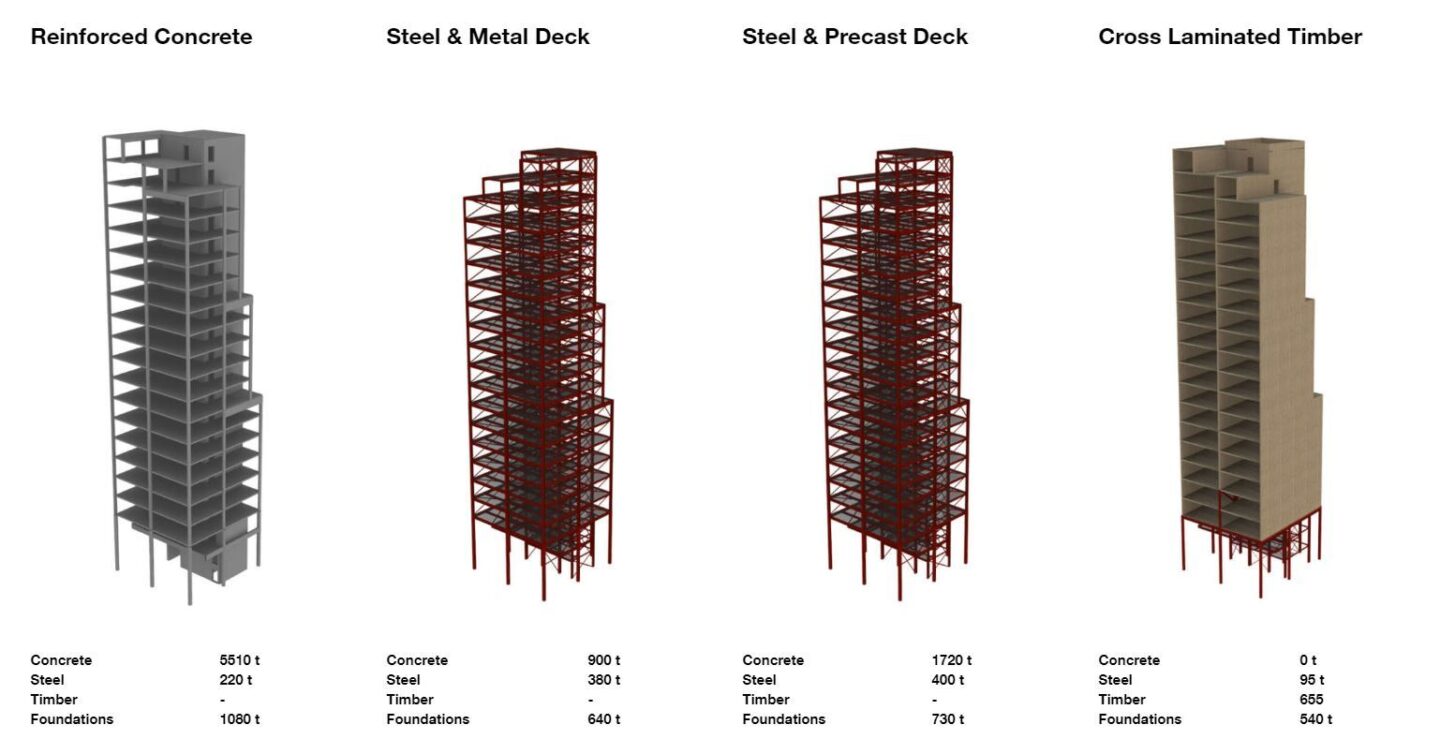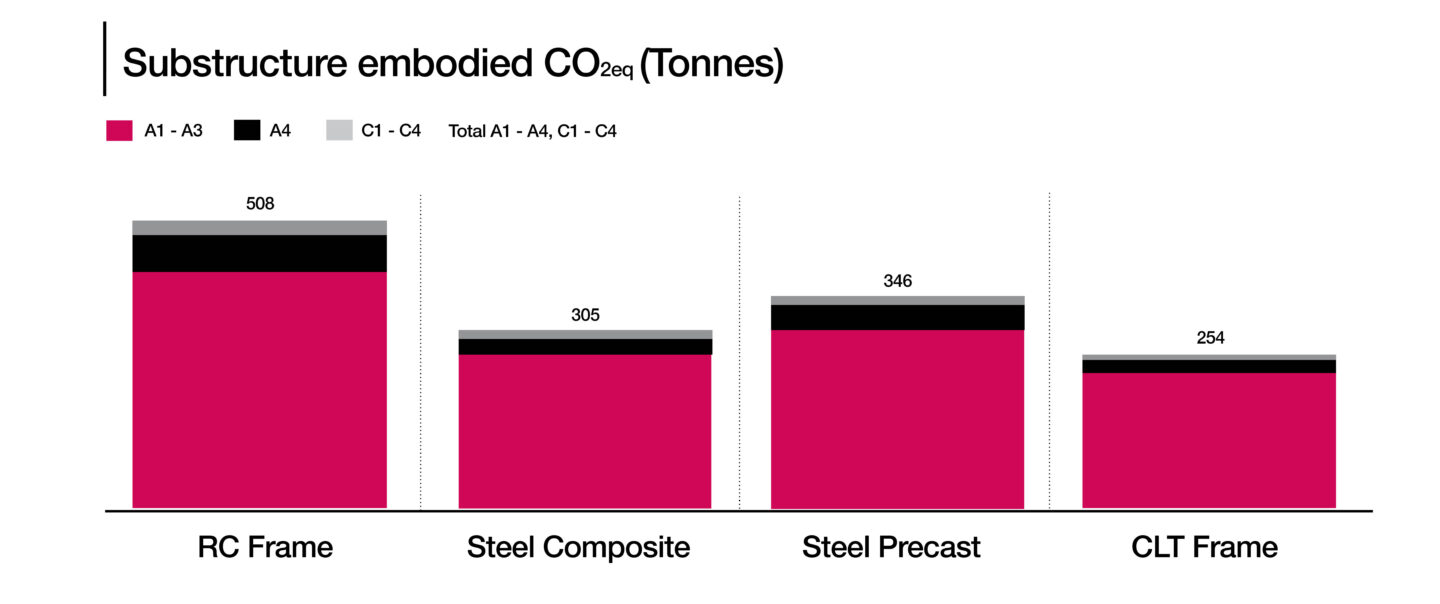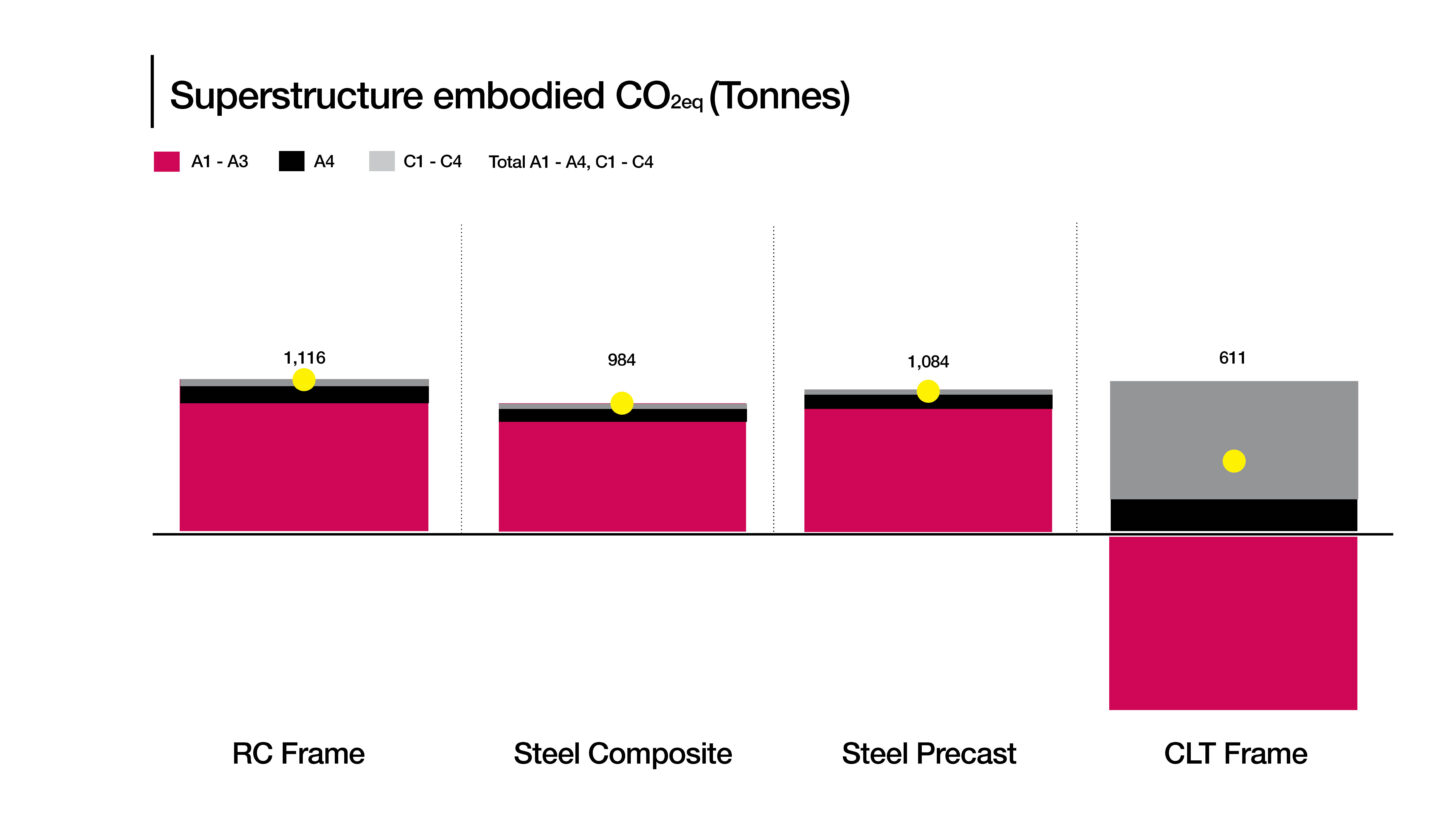What is the true CO2 cost of your building? – Latest

We recently saw the BBC publish a sobering account on concrete and cement, and its depressing contribution of 8% of the world’s carbon dioxide (CO2) emissions. Building on this, Architects’ Journal asks a difficult yet pressing question – “Concrete: do architects have their heads in the sand?”. The Economist hit the nail on the head with a spotlight on the importance of considering the full array of carbon emitters during a building’s construction, use and demolition, essentially considering its entire lifecycle.
“If zero-carbon standards were changed to include the emissions from building and demolishing structures, many of the perverse incentives in the building regulations would disappear.” – The Economist
We recognise that to authentically label buildings ‘zero carbon’ we must engage in a thorough process, considering the emissions that are part of the entire lifecycle of a building, from concept, development, use and demolition.
In line with this, four years ago we began developing a BIM-enabled tool to quantify the embodied CO2 across our building portfolio. This has enabled us to apply a holistic approach to collaborating with our clients and partners to deliver truly sustainable buildings, beyond surface bolt-on solutions and tick box assessments. By utilising the new BREEAM 2018 Mat 01 tools we are seeking to engage further with our peers and clients to roll out full lifetime carbon assessments across the board.
Even before developing the tool, we knew that traditional concrete and steel were costly to produce and heavy to transport. Timber, however, can be grown sustainably and is lighter. As the trees grow, they also absorb carbon dioxide from the air, locking it into the building fabric. This timber acts as a carbon sink, each tonne locking in 1.6 tonnes of CO2.
Within our in-house timber technologies team, we are actively promoting and pushing the boundaries of structural timber, which we know to be a sustainable product. Using timber in the built environment can help us and our partners meet the aspirations of achieving a zero-carbon future. Our analysis, backed by multiple case studies, has shown that flipping the frame from concrete to cross laminated timber (CLT) significantly reduces the overall CO2 emissions across a building’s lifecycle. This is something which could, for example, be offset from the cost of installing PVs.
A few projects of note in our timber portfolio are the Stirling Prize 2018 nominated Bushey Cemetery with Waugh Thistleton, the Marmalade Lane co-housing development with Mole, Notting Hill Gate with Squire & Partners, Hammersmith Tower with Pitman Tozer, the Sands End community centre with MAE, and Ivydale Primary School with Hawkins\Brown.

Ultimately, we need to answer the fundamental question: how will your building be built, what is it made of, and what is its impact on society?


